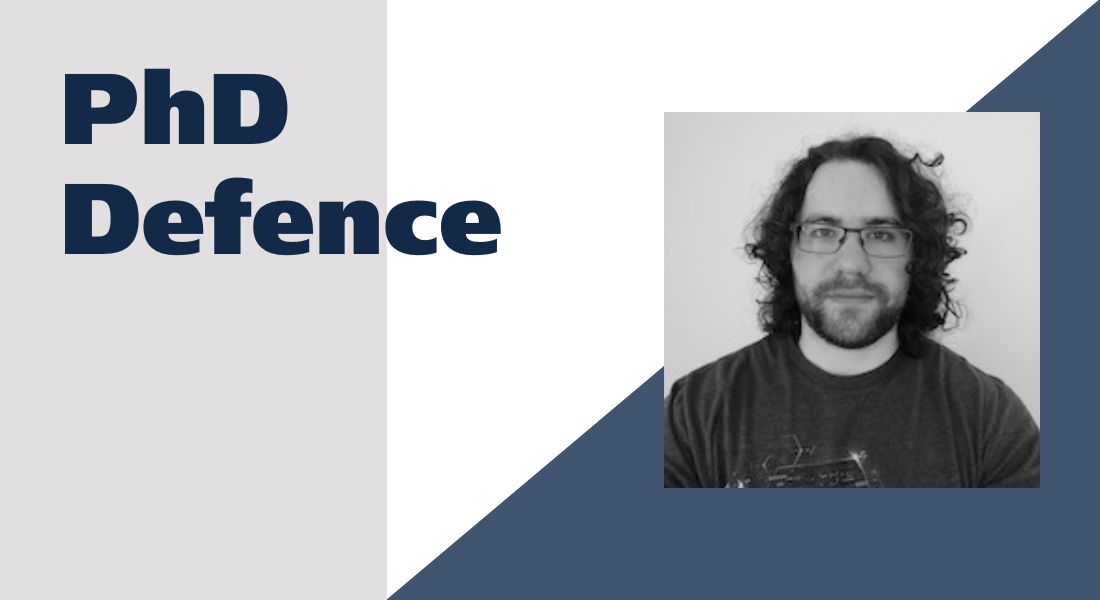PhD defence by Robert Schenck

Title
Two Things I Did: Parallel Differentiation and Rank Polymorphism
Abstract
In this thesis, I describe two things I did: (1) a compiler transformation that implements performant automatic differentiation (AD) for a functional, data-parallel language and (2) an approach for rank polymorphism in a statically typed language with parametric polymorphism and type inference. On the AD side of things, a method for efficient reverse mode AD on nested parallel programs is presented. The approach uses a recomputation-based approach that eliminates storing program variables for the reverse sweep; instead, variables are recomputed as needed in each new scope. Under this technique, perfectly nested scopes do not introduce recomputation. This is exploited by applying a repertoire of compiler transformations to transform code into perfect nests. The language uses a lexicon of high-level parallel combinators—such as map, reduce, and scan—to build parallelby-construction programs. Rewrite rules to differentiate each combinator are derived, yielding nested-parallel code which itself consists of parallel combinators. The resulting parallel code is aggressively optimized using a suite of general and AD-specific optimizations. An implementation in the Futhark programming language is reported on and evaluated against existing other modern AD implementations on a suite of benchmarks, demonstrating competitive performance. On the rank polymorphism side of things, a mechanism for automatically lifting functions and replicating function arguments in a static context is presented. The aim is to capture the programming experience in dynamically typed array languages like NumPy and APL, which permit rank-polymorphic applications, while also preserving static typing guarantees. The type system—which supports parametric polymorphism, higher-order functions, and top-level let-generalization—determines the minimumnumber of lifting and replication operations by generating (and solving) integer linear programs from constraints generated at function application sites. Key theoretical properties of the mechanism are given. An implementation of the mechanism within the Futhark compiler is described and demonstrates the system’s practicality.
Supervisors
Principal Supervisor: Fritz Henglein
Assessment Committee
Associate Professor, Michael Kirkedal (chair)
Professor, Paul Kelly
Professor, Sven-Bodo Scholz
Associate Professor, Michael Kirkedal
For an electronic copy of the thesis, please visit the PhD Programme page.
